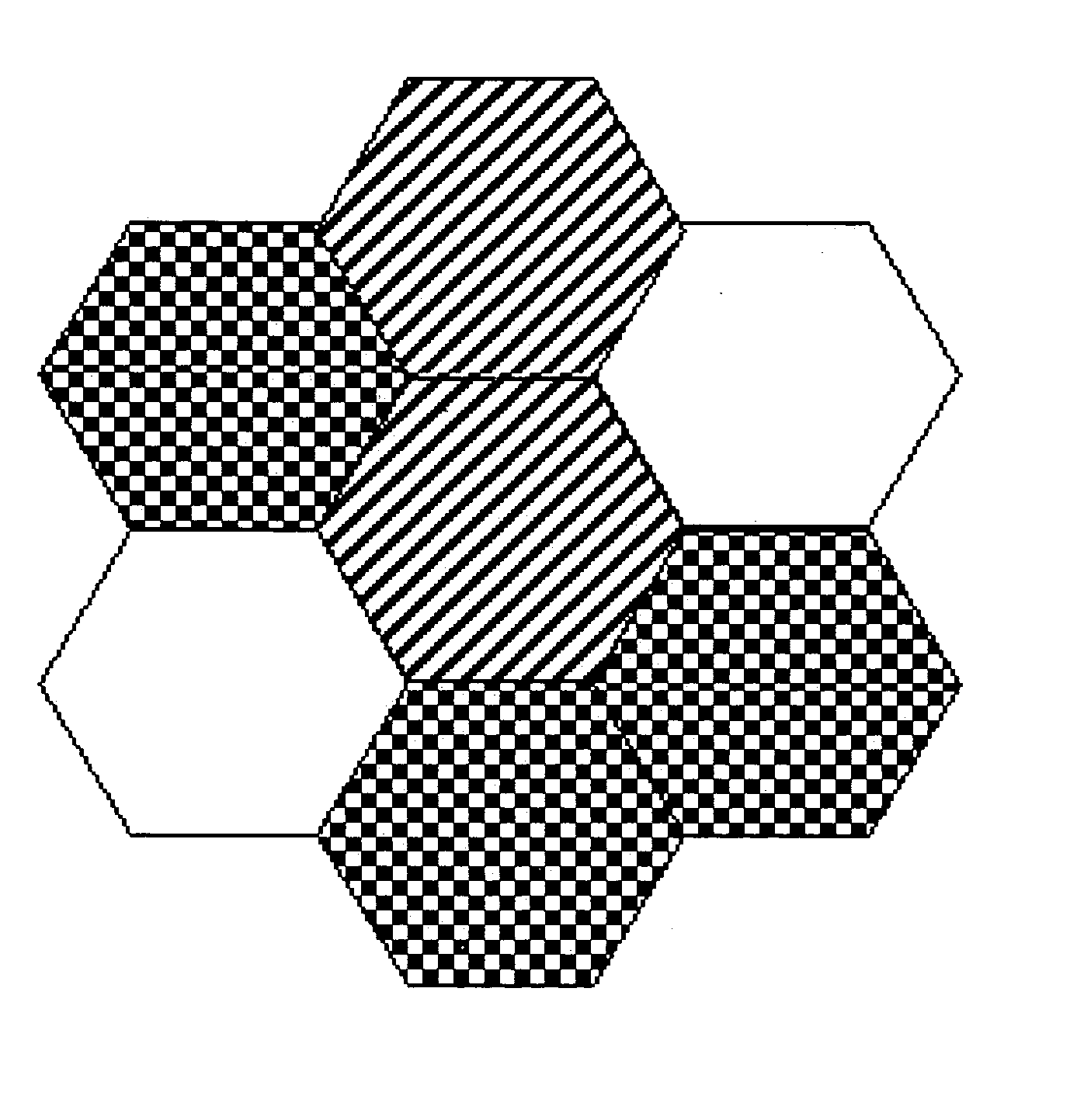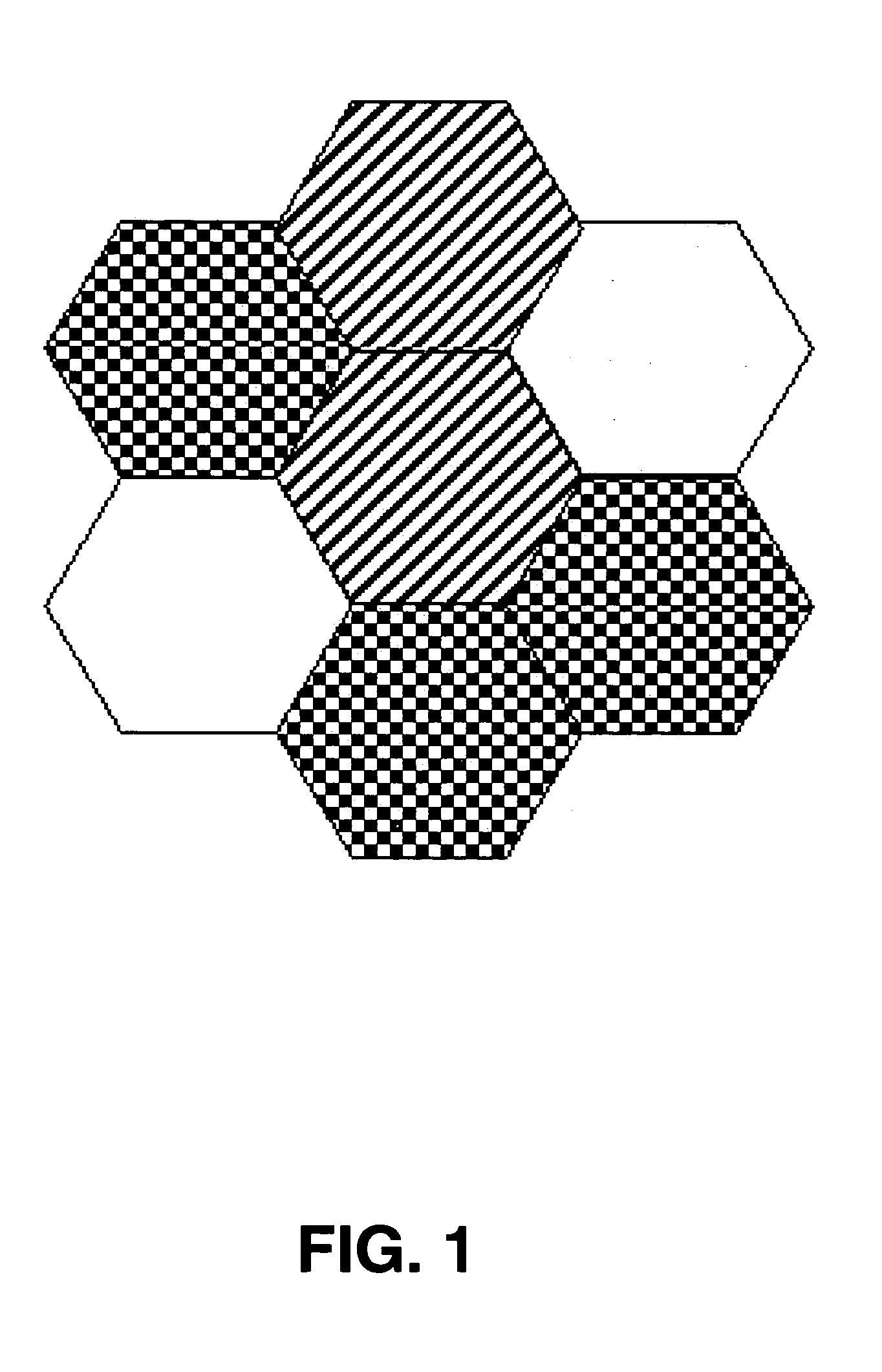Multi-bit encoded glass-coated microwire and articles composed thereof
a micro-wire and multi-bit encoder technology, applied in the direction of instruments, mechanical actuation of burglar alarms, magnetic bodies, etc., can solve the problems of reducing the identifying characteristics, and the increase of the size, weight and cost of the marker
- Summary
- Abstract
- Description
- Claims
- Application Information
AI Technical Summary
Benefits of technology
Problems solved by technology
Method used
Image
Examples
example 1
[0067] An ingot composed of an amorphous-forming metallic alloy is prepared by loading the appropriate weights of constituent elements into a quartz tube that is sealed at one end. The other end of this quartz tube is connected to a pressure-vacuum system to allow evacuation and back-filling with Ar gas several times to ensure a low oxygen Ar atmosphere within the quartz tube. Next, the closed end of the quartz tube in which the elements reside is introduced into a high frequency induction-heating coil. With the application of radio frequency (“r.f.”) power, the elements inside the tube are caused to heat and melt into a stirred, homogeneous metallic alloy body. When the r.f. power is shut off, the alloy body is allowed to cool to room temperature in the Ar atmosphere. Once cooled, the same metallic alloy body is inserted into the bottom of a vertically disposed glass tube 1 (preform), having 6-mm diameter that is sealed at the lower end, as depicted in FIG. 3. The upper end of this...
example 2
[0072] A different means of magnetic encoding is achieved by using the methods, materials, and apparatuses of Example 1, except that UV / visible light laser sources are now used. The result is varied degrees of surface crystallization of the amorphous alloy core of the microwire. Three bands of controlled amorphous alloy surface crystallization run the length of the amorphous glass-coated microwire. A magnetization loop is thereby produced that is locally magnetically biased to different extents, depending on the power level setting of each of the three lasers used. The result is encoding that is achieved by the relative translation (bias) of the surface crystallized stripes down the length of the amorphous glass-coated microwire.
[0073] Three bits of digital encoding are possible, give the equipment configuration of this Example. The number of encodable bits of information scales directly with the number of laser beams used.
[0074] Reading of the encoded bits is readily achieved in ...
example 3
[0075] A pulsed UV / visible light laser is utilized to produce circumferential rather than longitudinally surface crystallized zones of the amorphous alloy core in the amorphous glass-coated microwire. “Cells” along the length of the microwire will be magnetically biased to different extents, depending on the amount of laser power absorbed, and thereby provide multi-bit encoding capability.
[0076] Reading of the encoded bits is readily achieved by conventional methods. Multi-bit encoding of amorphous glass-coated microwire can also be achieved on a post-drawing incremental basis, rather than on a continuous basis.
PUM
| Property | Measurement | Unit |
|---|---|---|
| liquidus temperature | aaaaa | aaaaa |
| diameter | aaaaa | aaaaa |
| angle | aaaaa | aaaaa |
Abstract
Description
Claims
Application Information
 Login to View More
Login to View More - R&D
- Intellectual Property
- Life Sciences
- Materials
- Tech Scout
- Unparalleled Data Quality
- Higher Quality Content
- 60% Fewer Hallucinations
Browse by: Latest US Patents, China's latest patents, Technical Efficacy Thesaurus, Application Domain, Technology Topic, Popular Technical Reports.
© 2025 PatSnap. All rights reserved.Legal|Privacy policy|Modern Slavery Act Transparency Statement|Sitemap|About US| Contact US: help@patsnap.com



